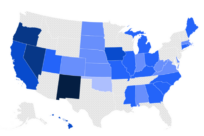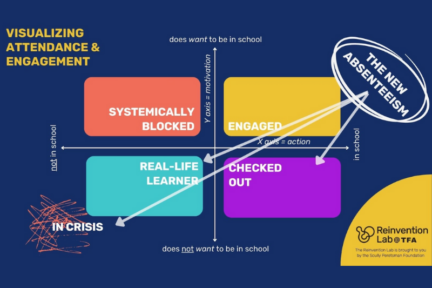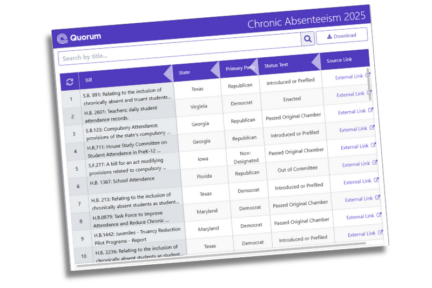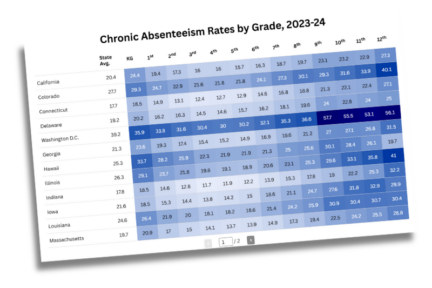Explained
Chronic student absenteeism–missing at least 10 percent of the school year in excused and unexcused absences—is linked to weaker social skills in kindergarten, poorer reading skills in third grade, and higher dropout rates in high school.
Truancy reflects only unexcused absences and is typically addressed in punitive ways, such as suspensions, fines or court appearances. Chronic absenteeism reflects all missed days, including those for illness, vacation or disciplinary action. The solutions focus on determining why students are missing school and increasing engagement while removing barriers to attendance.
In many states, the proportion of students missing at least 10% of the school year doubled in the years since the pandemic began. The months of remote learning, followed by the confusion of hybrid schedules, followed by days lost to quarantines, if not actual illness, contributed to absenteeism rates rarely seen in U.S. school districts. Not only did districts record steep increases in the number of students missing nearly a month of school, they saw a small but alarming jump in those missing half the school year.
















